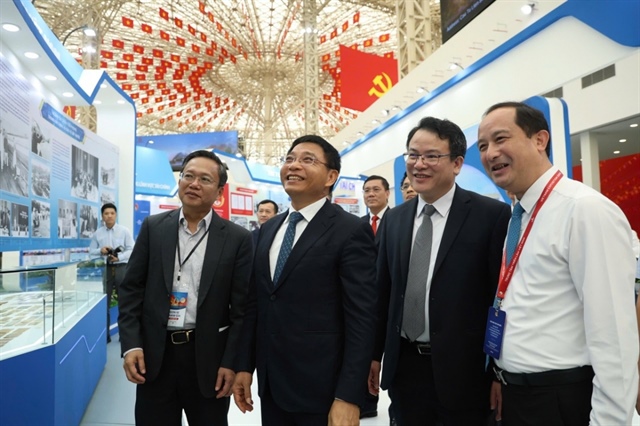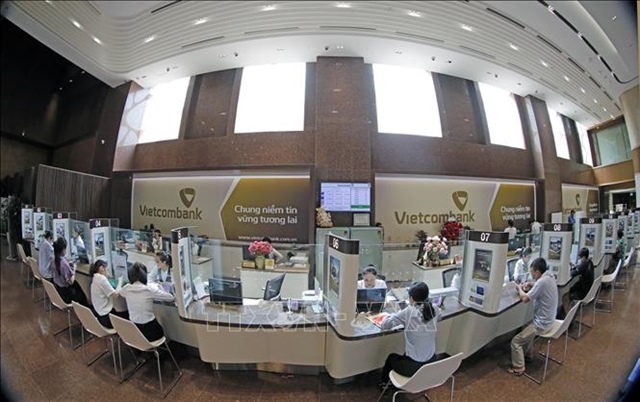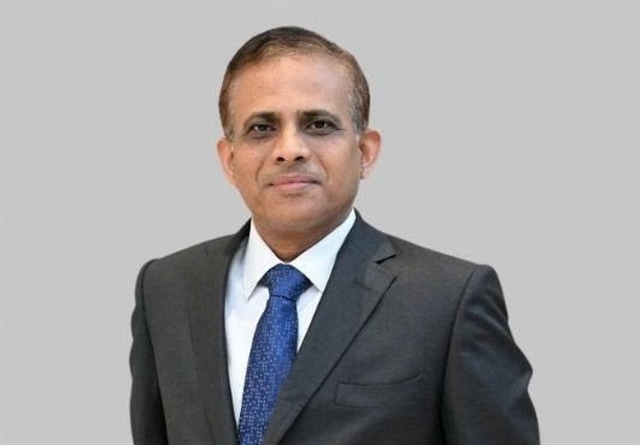To withdraw capital from banks, big guys have to travel a thorny path
To withdraw capital from banks, big guys have to travel a thorny path
State owned economic groups have been requested to withdraw all their investment capital from banks. However, this turns out to be a very difficult task.

The “PetroVietnam question”
Of the three shareholders who have to withdraw capital from Ocean Bank, PetroVietnam is a special shareholder, because it has been well-known as the state owned enterprise which injected big sums of capital in the finance and banking sector.
Ocean Bank is not the only bank that PetroVietnam invested in. The national oil and gas conglomerate now holds 20 percent of Ocean Bank’s stakes, 78 percent of stakes in PVFC and contributes capital to GP Bank as well.
The noteworthy thing is that all the three commercial banks where PetroVietnam invests in, are subject to the restructuring or have big changes in the ownership structure.
Phung Dinh Thuc, President of PetroVietnam, at the press conference on October 8, stated that PetroVietnam would withdraw all of its capital from Ocean Bank by 2015. It also plans to reduce the ownership ratio to 20 percent in PVFC by that time. However, the capital withdrawal from PVFC would be carried out only if PVFC can convert into a commercial bank.
As such, PetroVietnam would have to withdraw a big amount of capital from the two credit institutions, while it does not have much time to do that.
So, a question has been raised for PetroVietnam: how it would withdraw capital, if it follows a principle that it would only sell stakes when the market conditions are good in order to preserve the state’s capital?
Meanwhile, the question raised for OceanBank is who would replace PetroVietnam as the shareholder of the bank.
Ha Van Tham, President of Ocean Bank, when answering Dau tu’s reporters, said PetroVietnam’s capital withdrawal would not affect Ocean Bank, because the process would last until 2015, and that Ocean Bank still does not intend to see another partner right now.
Analysts have doubts about if the capital withdrawal by PetroVietnam would be carried out in a transparent way.
In case of GP Bank, after PetroVietnam and GP Bank signed the agreement on capital contribution and strategic cooperation in 2006, the bank stated that PetroVietnam contributes 20 percent of the total chartered capital of GP Bank.
However, the 2010 annual report of GP Bank said that the biggest shareholder of the bank at that moment was the FPT investment fund management company, which then held 5.84 percent of stakes.
As such, it’s unclear how PetroVietnam withdrew its capital in the last few years, and how high its current ownership ratio in GP Bank.
The thorny path
A lot of state owned economic groups are still holding big proportions of stakes in commercial banks, though they were told to quit the banks two years ago already.
Vinatex, a textile and garment group, is still a shareholder of Nam Viet Bank, while Vinacomin (coal group) and VRG (rubber group) are the shareholders of SHB. EVN, the powerful electricity group, is a shareholder of An Binh Bank, and Bao Viet Group, a finance group, owns Bao Viet Bank. The telecom giant VNPT has poured money into Maritime Bank and Lien Viet Post Bank.
According to the National Assembly’s Economics Committee, nearly 40 state owned and private enterprises are holding 5 percent of stakes in joint stock banks, while they are also the owners of finance investment companies. The complicated ownership model has harmed the banking sector.
VInacomin planned to complete the capital withdrawal from insurance, securities sectors and from the BIDV expressway development company within 2012, while it would leave the finance and banking sector and other business fields in 2013-2014.
However, the withdrawal from SHB-Vinacomin insurance company has not been completed since the share auction could only attract one investor.
vietnamnet


























